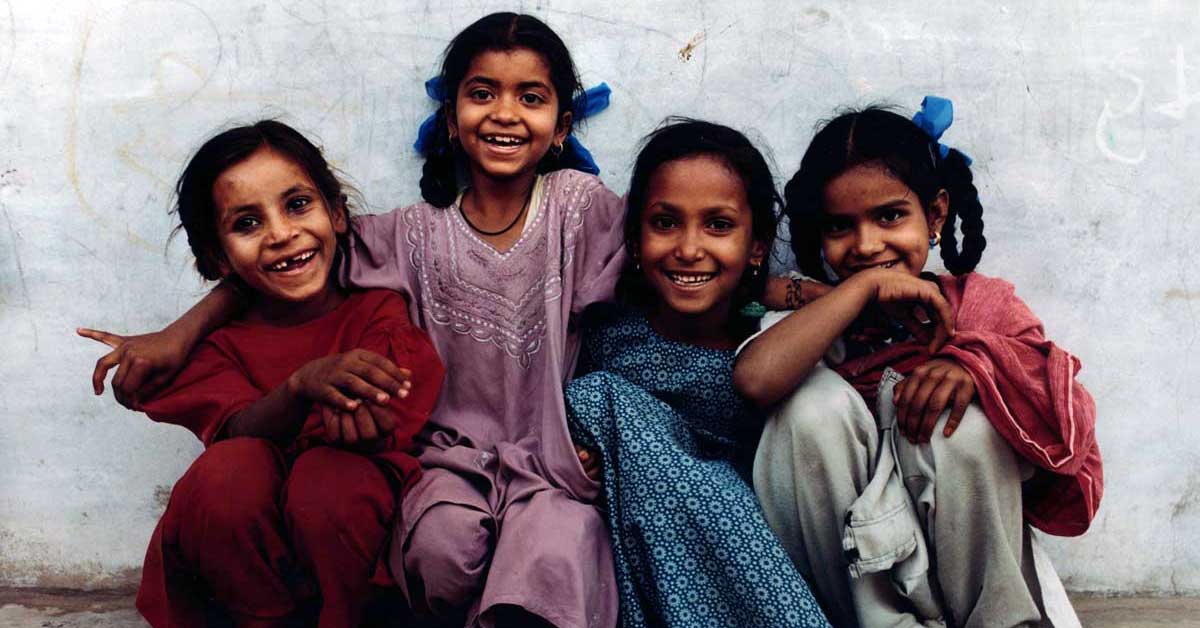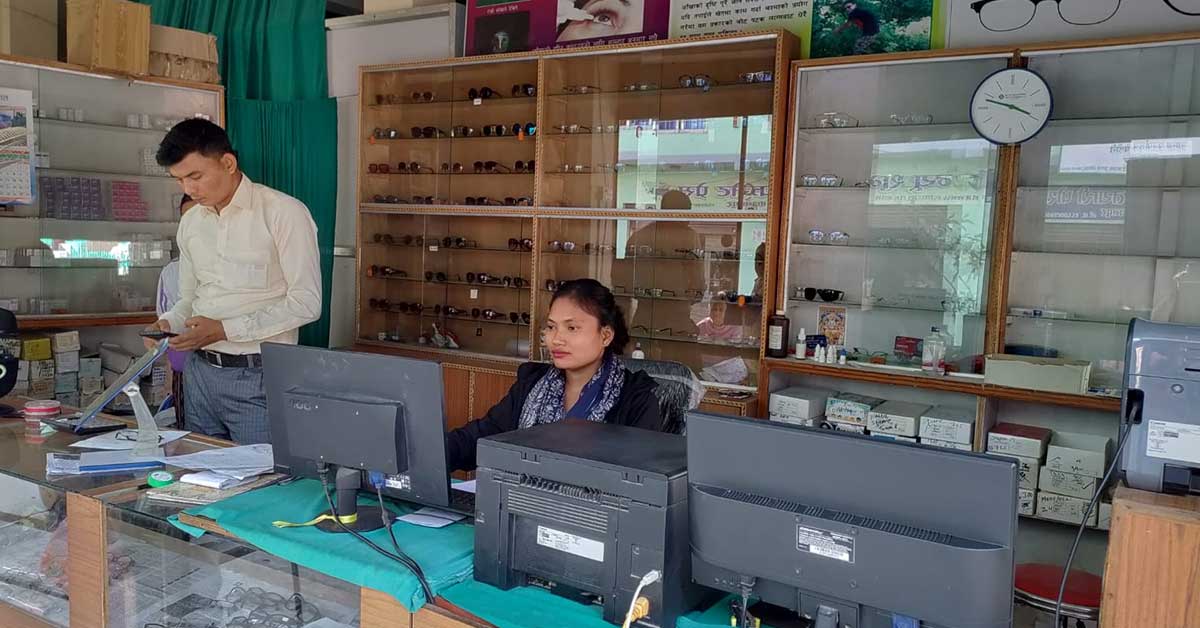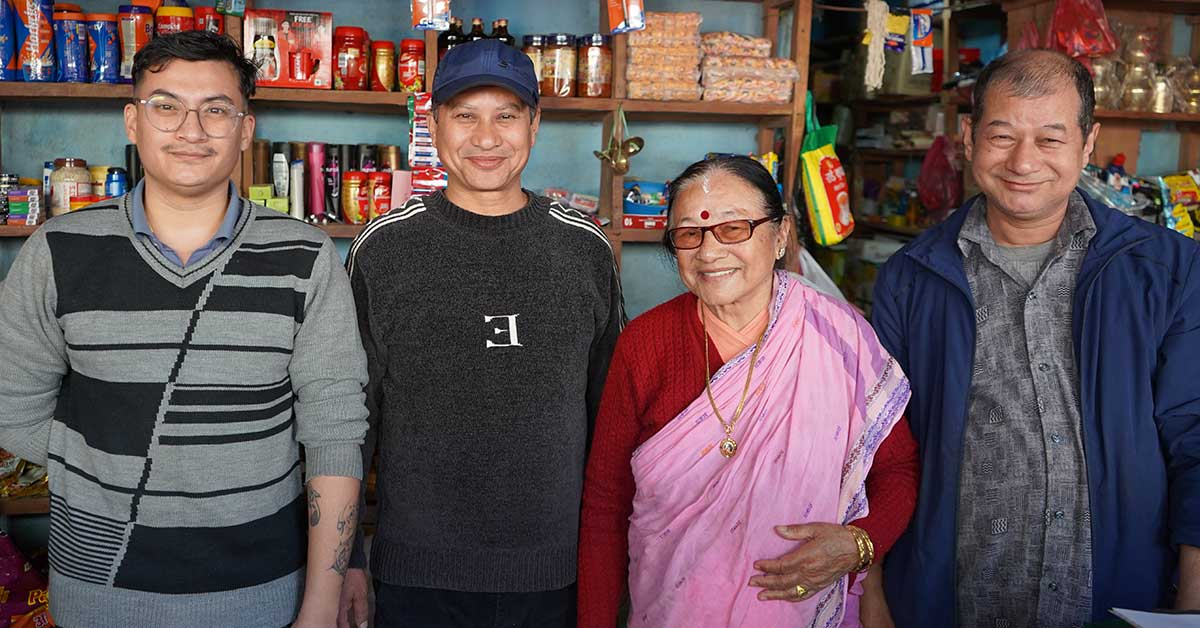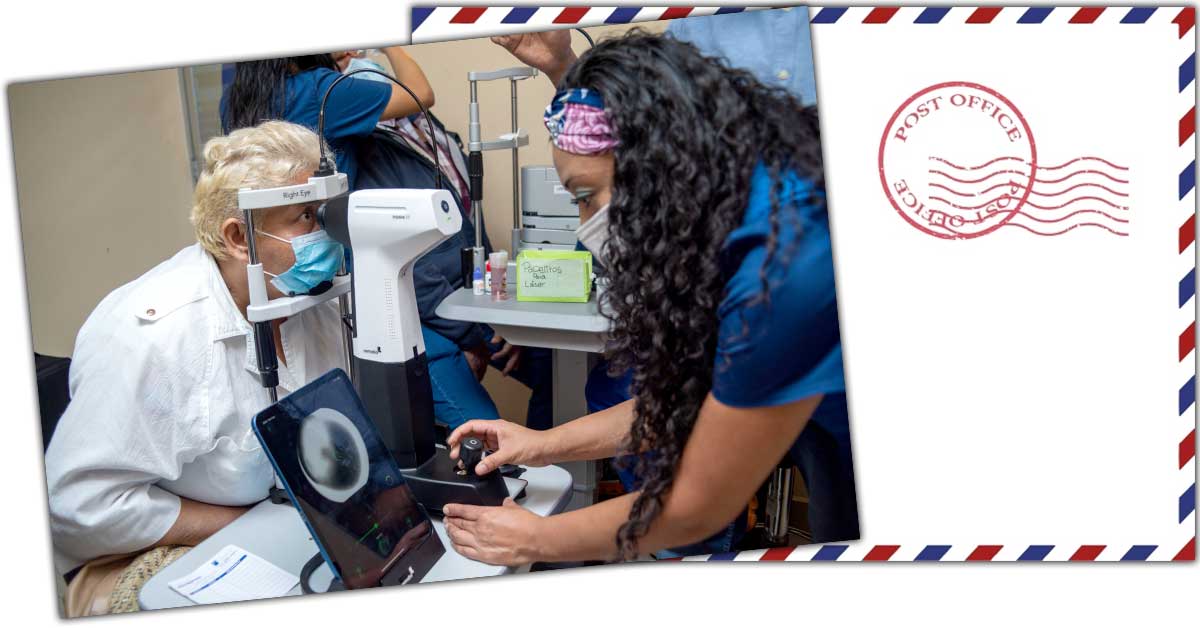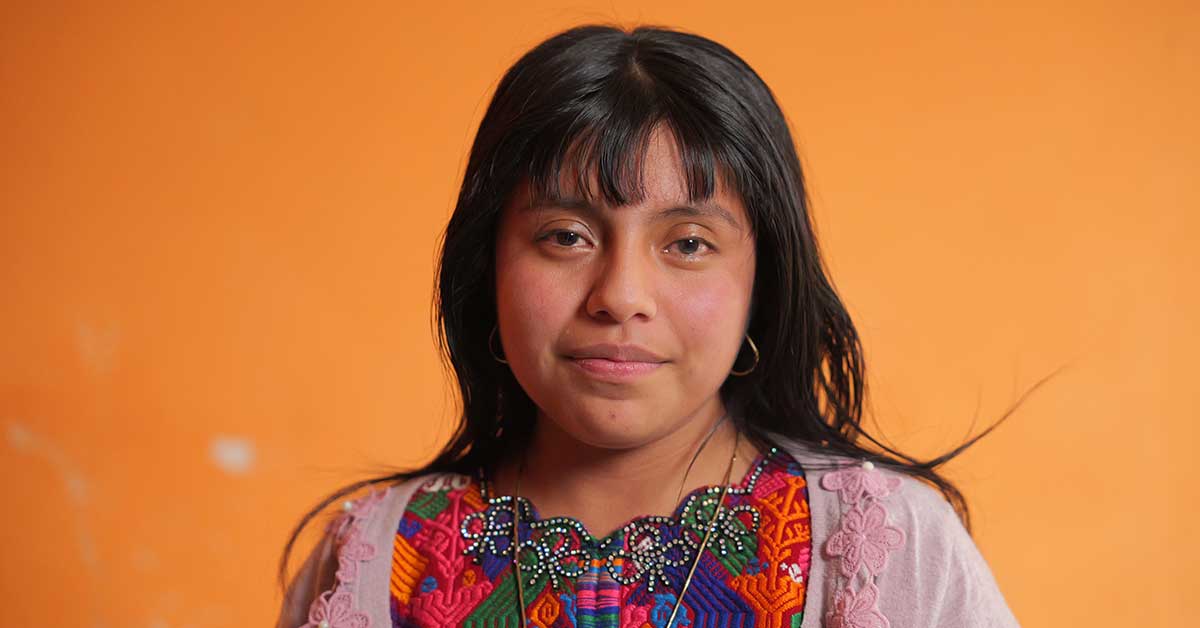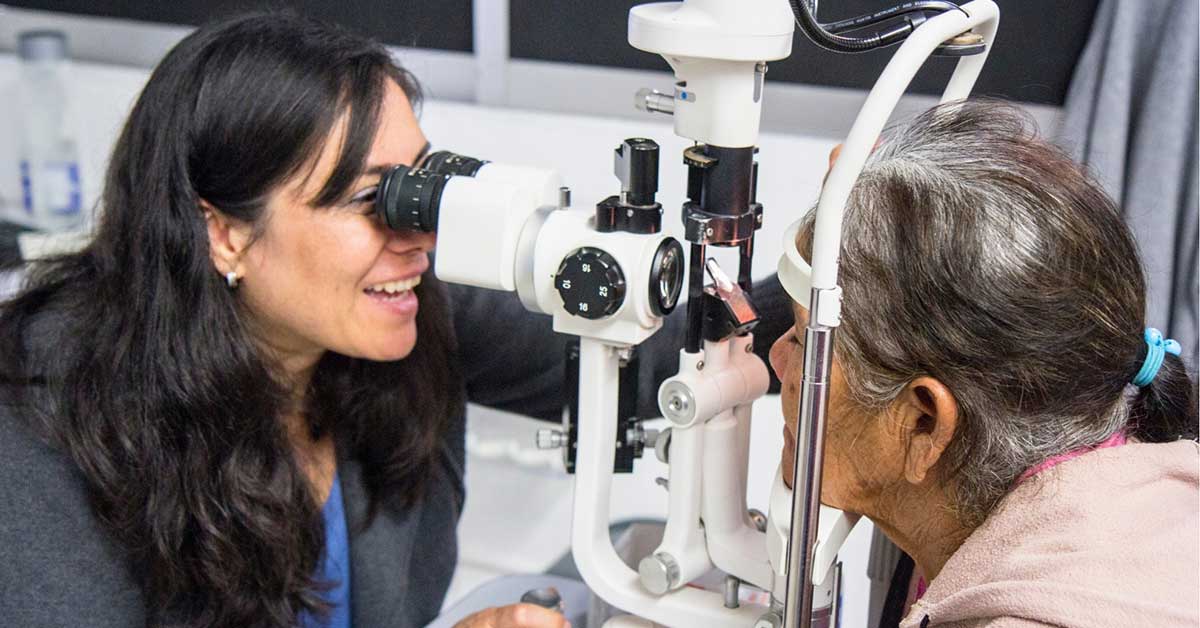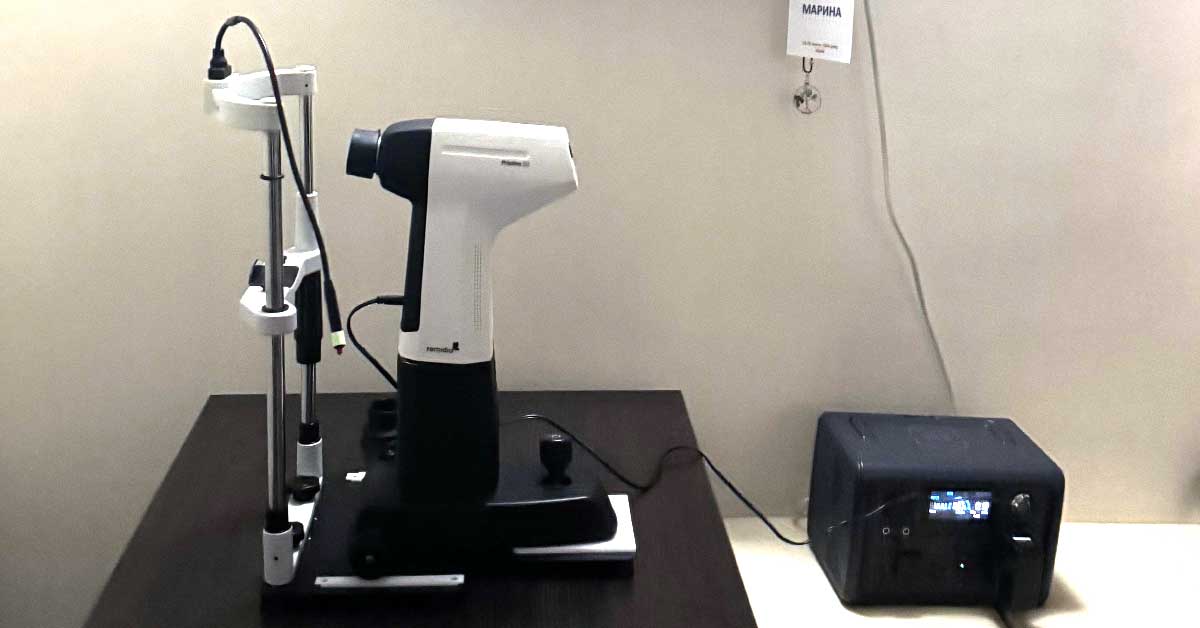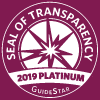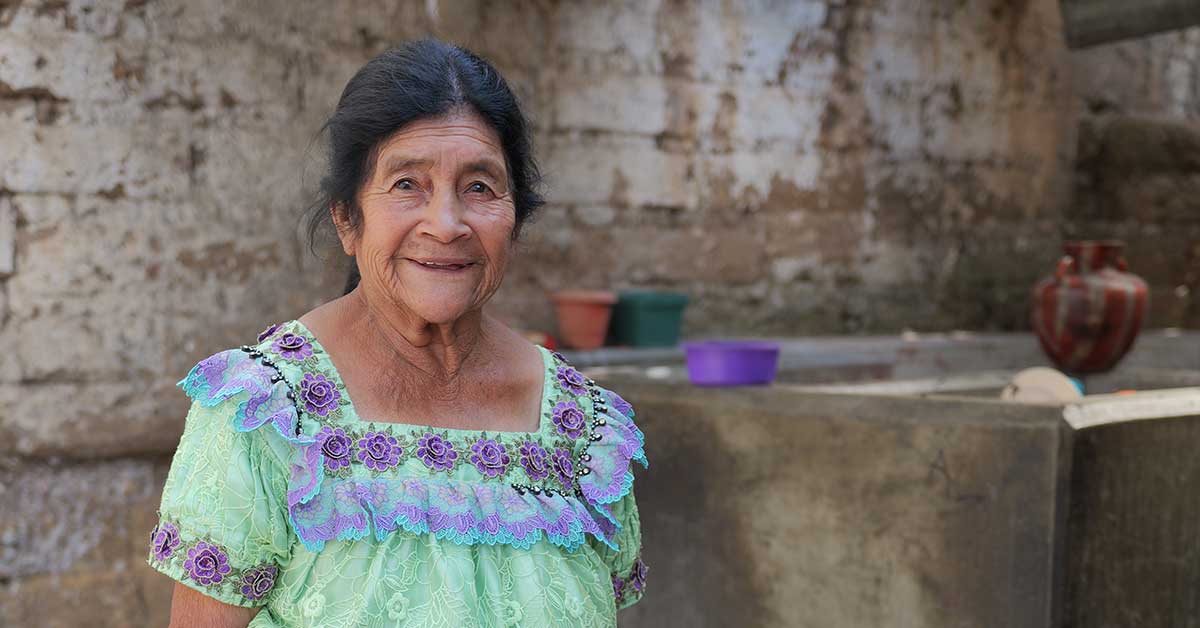
Photo of Sebastiani by Joe Raffanti.
To sew is to imagine what could be – how vibrant green cotton and purple thread might come together to create something beautiful. For Sebastiani Ramos Quilaja, a warm-hearted K’iche’ woman with a gift for sewing, it was a way to tell stories, preserve her Guatemalan tradition, and bring joy.
Continue reading